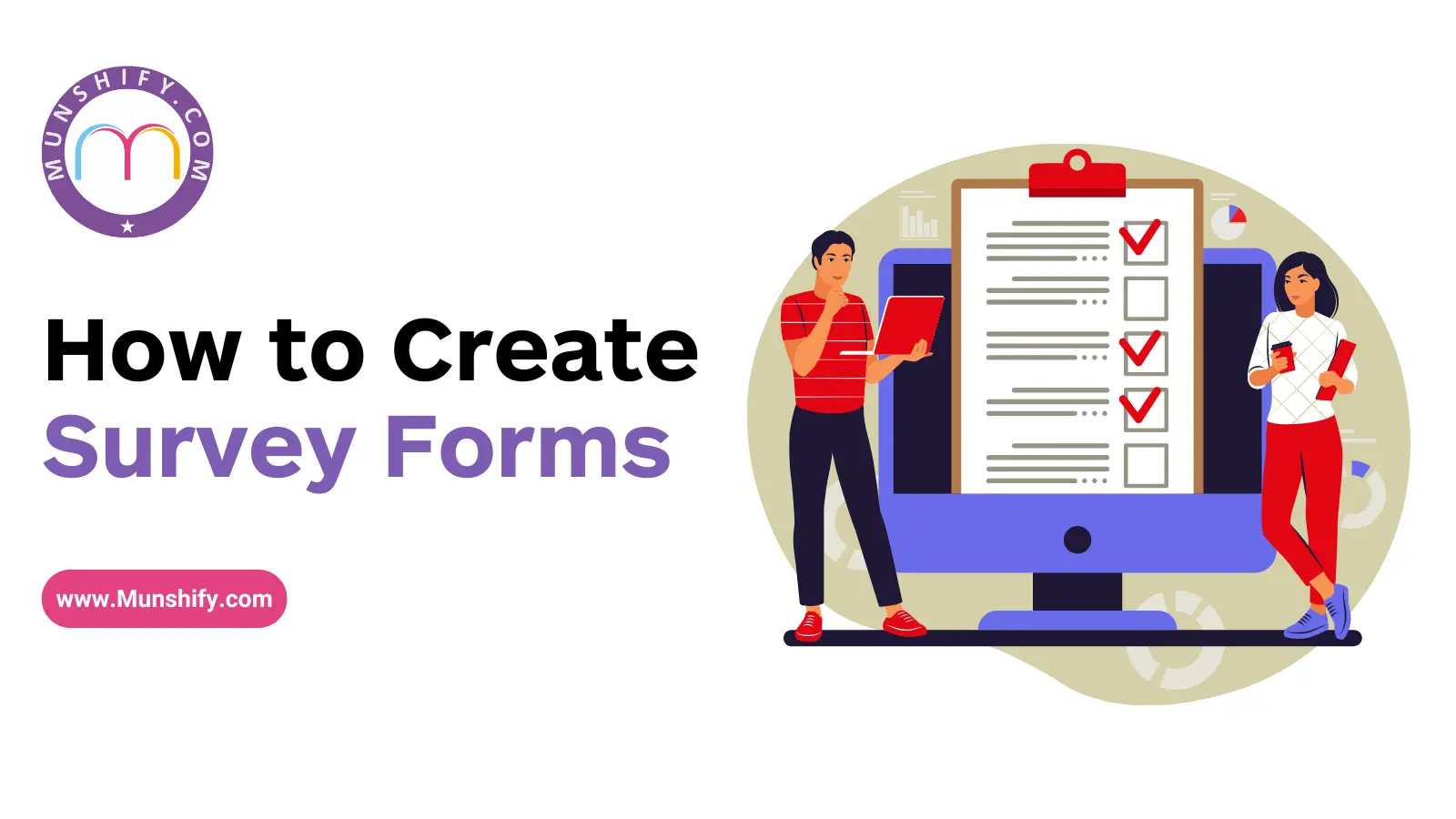Survey forms play a critical role in gathering valuable feedback from customers, employees, or any target audience. They allow businesses and organizations to understand the opinions, needs, and preferences of their stakeholders, enabling them to make informed decisions. By learning how to create survey forms effectively, you can ensure that the data you collect is both reliable and insightful.
Why Survey Forms Matter
Survey forms have become an essential tool for collecting data in various fields, from market research to employee engagement. They provide a structured way to gather information and are widely used because they are easy to distribute and analyze. Moreover, survey forms offer a cost-effective means of reaching a large audience, making them an ideal choice for businesses of all sizes.
Steps to Create Effective Survey Forms
Define Your Objective
Before you start creating a survey form, it is crucial to define the objective. Understanding what you want to achieve with the survey will help you design questions that are relevant and focused. Whether you aim to improve customer satisfaction, measure employee engagement, or conduct market research, having a clear goal will guide the entire process.
Choose the Right Survey Tool
Selecting the appropriate tool for creating your survey form is vital. Numerous online tools are available that offer a range of features, from simple form creation to advanced analytics. Tools like Google Forms, SurveyMonkey, and Typeform are popular options. The choice of tool should be based on your specific needs, such as the level of customization required, the number of respondents, and the type of data you wish to collect.
Craft Clear and Concise Questions
The success of your survey form largely depends on the quality of the questions you include. It is important to craft questions that are clear, concise, and easy to understand. Avoid using jargon or complex language that may confuse respondents. Additionally, it is advisable to use a mix of question types, such as multiple-choice, Likert scales, and open-ended questions, to capture a variety of responses.
Structure the Survey Form
The structure of your survey form plays a significant role in how respondents interact with it. Begin with an introduction explaining the survey’s purpose and assures respondents of the confidentiality of their responses. Group similar questions together and ensure a logical flow from one section to the next. This makes the survey more user-friendly and increases the likelihood of completion.
Test the Survey Form
Before distributing your survey form to a wider audience, it is essential to test it. Conducting a pilot test with a small group will help identify any issues with question clarity, survey length, or technical glitches. Feedback from the test group can be used to refine the survey form, ensuring that it is ready for a larger audience.
Learn More: Designing Multi Step Form with Drag-and-Drop Online Form Builder
Best Practices for Survey Forms
- Keep It Short: Long surveys tend to discourage participation. Aim for brevity while ensuring that all necessary information is collected.
- Be Neutral: Avoid leading questions that may bias responses. Ensure that questions are phrased in a neutral manner.
- Ensure Confidentiality: Reassure respondents that their responses will be kept confidential, as this encourages honest feedback.
- Use Conditional Logic: If your survey tool allows it, use conditional logic to skip irrelevant questions based on previous answers. This enhances the respondent’s experience.
- Provide an Incentive: Offering a small incentive, such as a discount or entry into a prize draw, can increase participation rates.
Creating effective survey forms requires careful planning and attention to detail. By following the steps outlined in this guide, you can design survey forms that yield valuable insights, helping you make informed decisions. Remember to keep your objectives clear, choose the right tool, and structure your questions thoughtfully. By adhering to these best practices, your survey forms will be more effective and engaging for respondents.
FAQs
1. What are survey forms used for?
Organizations use survey forms to collect feedback, opinions, and data from individuals. They commonly employ these forms in market research, customer satisfaction studies, and internal assessments.
2. How can I create a survey form?
To create a survey form, choose a survey tool, design the form with clear questions, test it before distribution, and then distribute it to your target audience. Analyzing the results will provide valuable insights.
3. What types of questions should I include in my survey form?
Include a variety of question types, such as multiple-choice, Likert scale, and open-ended questions. This mix will help you gather comprehensive and relevant data.
4. How do I ensure that my survey form is user-friendly?
Design your survey form with a clear layout, concise instructions, and intuitive navigation. Ensure that the form is visually appealing and easy to complete.
5. What should I do after collecting survey responses?
Analyze the survey results using the analytical tools provided by your survey platform. Look for trends and patterns to make informed decisions and implement changes based on the feedback received.
Explore munshify.com to start designing effective survey forms today


